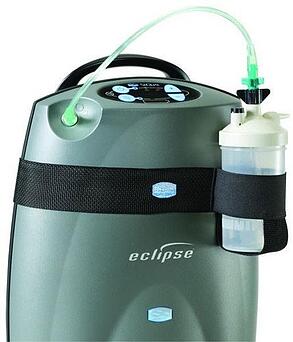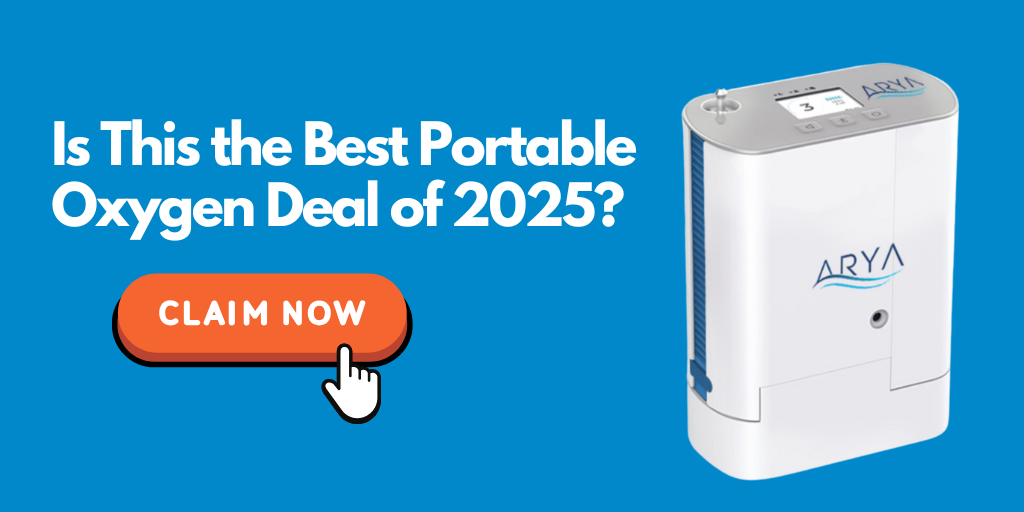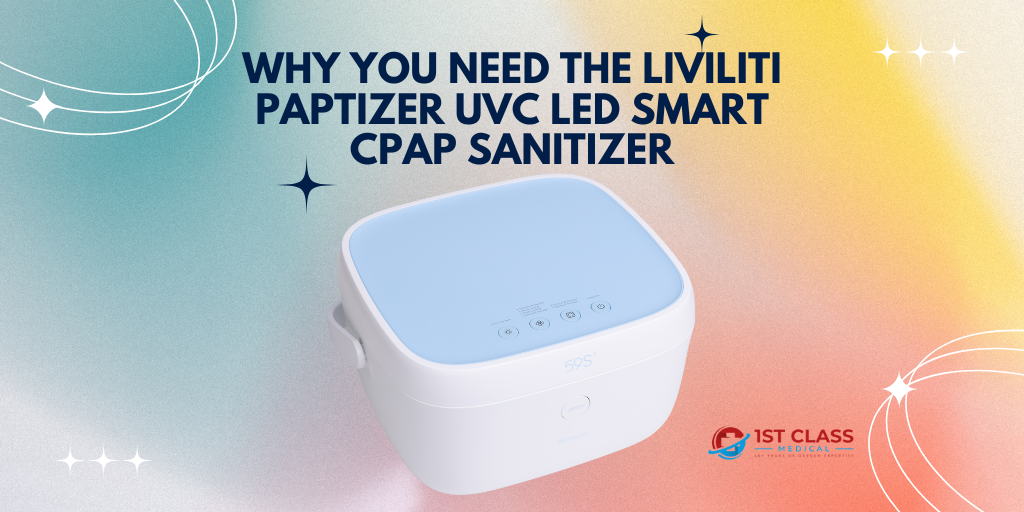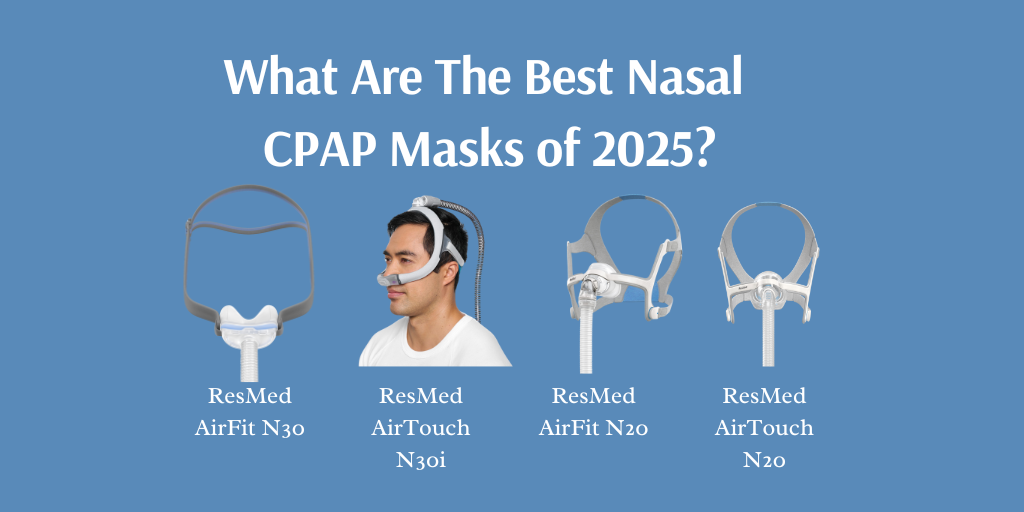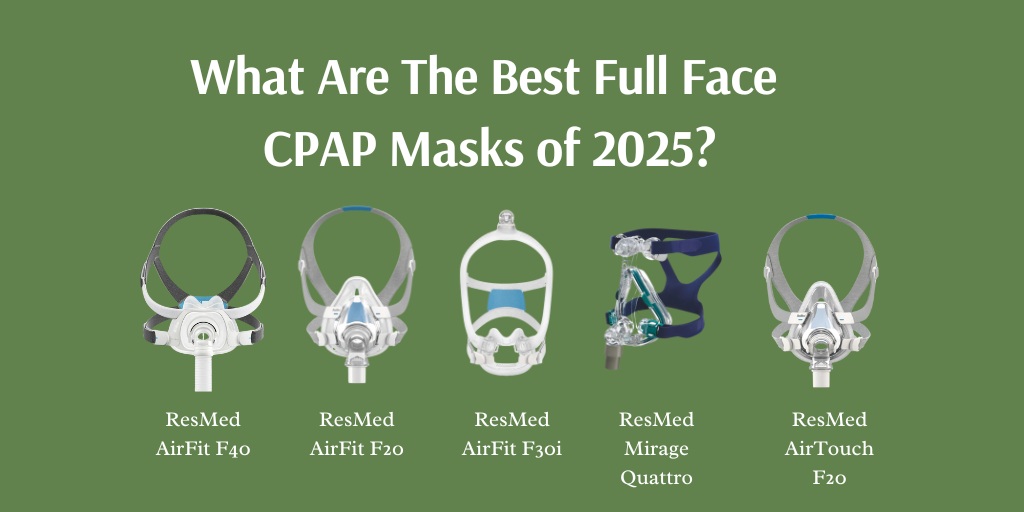Signs that your Sinuses Need Humidification
Because everyone reacts differently, nasal dryness occurs in a varying levels of intensity. For some, your sinuses may just feel a slight discomfort, for others it could actually mean ending up with a nose bleed. Having to deal with discomforts ranging from nasal irritation to nose bleeds when you have to use oxygen therapy on a daily basis can be most discouraging.
Before Applying Nasal Lubrication When Using Oxygen Therapy, Clear It Medically!
- Please check with your physicians before applying any lubricating ointments on the inside of your nose. Inhalation of even the smallest bit of loose lubrication is not good. It is possible, as you cannot make sure all has been spread thoroughly on the inner surface of your nose.
- There are also oils and non-medical sprays that can give relief, but again, clear it.
- Any lubrication option must be totally safe for use with oxygen therapy. Your oxygen provider will be able to help you along these lines.
Humidify!
The continual passage of air through your nose and sinuses will create a very dry environment over time, especially if you live in a dry climate to begin with. The portable concentrator takes the outside air and processes it within the unit. It separates oxygen from other gases found in your every day air to give you an concentrated form of oxygen.
There is available for use, along with the oxygen concentrator, a humidifier. The humidifier is a separate unit that attaches to concentrator. What happens, is that the air, before it is sent through the tube to you, is pushed through water in the humidifier. One important note here. If you are using the pulse flow concentrator, you are not able to use a humidifier as this unit is not strong enough to pump the oxygen though the water in the humidifier.
How To Determine The Best Humidity Rate For You
Again, there are no one-fits-all setting. The standard starting rate for a humidifier is 2 Liters Per Minute (LPM), but some may find a lower or higher setting to be more efficient for them. Your environment will also have some effect on what is best for you. If you travel, you may find that what works best in Arizona, does not work in Florida!
When Using The Humidifier Remember To:
- Read all instructions
- Use only distilled water
- If on an all day outing, check the water level during the day, refill if it is near the minimum level
- Empty and clean the humidifier daily
Follow your common sense, as well as the notes above. Yes, your life will not be the same as before, but you do not have to become a hermit either. For whatever reason you have to use oxygen therapy, realize there are still new avenues you can explore. Survival does not belong only to the fittest, but also to those individuals most determined to keep moving forward.
+Caleb Umstead

